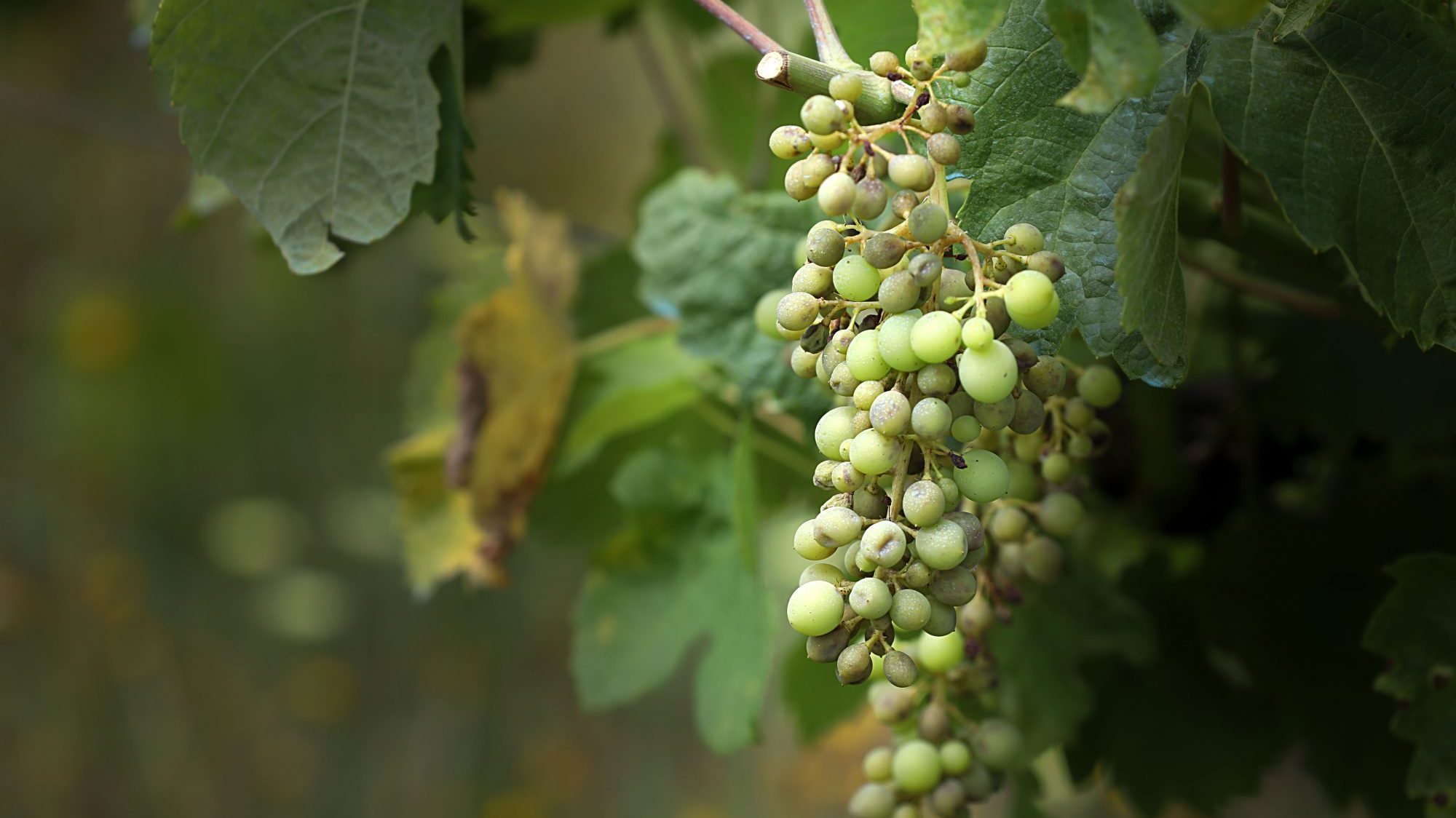Scientists from the University of Minho (UMinho) are using, in the laboratory, microorganisms from the surface of the grape to combat fungi on the vine itself, with a view to controlling diseases such as gray rot, it was announced this Wednesday.
In a statement, UMinho states that the objective is to explore compounds produced by yeast for the design of antimicrobial formulations, “reducing the use of pesticides or conventional fungicides that compromise the sustainability of the sector”.
The secret is in the microflora (bacteria, yeasts and fungi) that inhabit the surface of the grape. These microorganisms play a fundamental role in the winemaking process (fermentation) and their diversity and abundance vary according to the state of maturation, the grape variety, the climate and viticultural practices, among other factors”, he adds.
According to the coordinator of the project, Hernâni Gerós, from the Department of Biology of the Faculty of Sciences of UMinho, research has shown that growth on the surface of the berry inhibits the growth of filamentous fungi that cause diseases.some species of yeast
This opens up excellent perspectives for the design of biological strategies for the control of grapevine diseases, minimizing the use of fungicides that are harmful to the environment”, he pointed out.
The work is carried out in parallel to the “GrapeMicrobiota” project, led by the Faculty of Sciences of the UMinho and in which the Vine and Wine Cluster (ADVID) and the universities of Zaragoza (Spain) and Francois-Rabelais from Tours (France).
Co-financed with 250 thousand euros by the Foundation for Science and Technology“GrapeMicrobiota” explores the characterization, selection and improvement of autochthonous yeasts of three Douro grape varieties, namely Touriga nacional, Sousão and Viosinho.
In addition to their potential for the biocontrol of diseases caused by fungi, these strains identified in the grape berry are being used for the production of “high typical” regional wines, as an alternative to industrial yeasts.
With the globalization of wine growing and production methods, high-quality wines are now produced anywhere with world-renowned grape varieties, but producing wines with a characteristic profile of the region is a great challenge, hence the approach in regional grape varieties. These typical wines, which reflect the characteristics of the region, the people, the ancestral cultivation methods, are increasingly appreciated by consumers”, highlights Hernâni Gerós.
Source: Observadora
